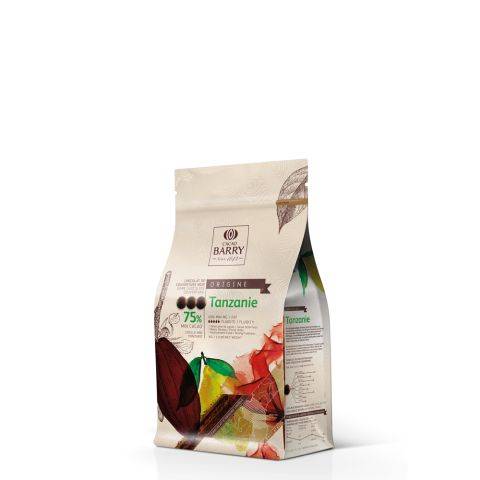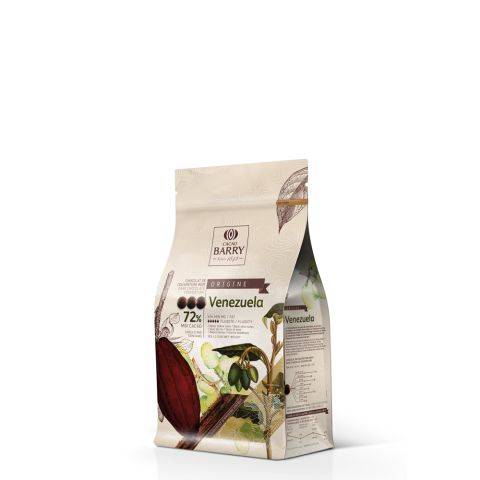Ana Ros, head chef at Hisa Franko (Kobarid, Slovenia)

Ana Ros. Picture from her personal archive
Ana Ros is working in the family restaurant in Kobarid, a small town in Slovenia, very close to the Italian border. The restaurant was created by the parents of her husband Valter who is in charge of wines and service, but later Ana and Valter took it over, with a completely new approach. Kobarid is located in wonderful picturesque countryside, surrounded by mountains. The mountains offer great local products and a view of the Adriatic Sea. This view is also a good reason for Ana, who doesn’t live at the seaside, to include also fish in her menu. The view of the sea is often connected with the longing for the wide world and that’s the case also with Ana. Besides cooking her second greatest pleasure is travel and she is a world traveller. She often escapes to exotic countries to relax and to find new inspiration for her dishes which are deeply rooted in her territory but at the same time spiced up with her travels. Her dishes are full of intense flavours, lovely colours and unusual combinations – and they are always delicious. I know, whenever I try her food, that she will make miracles out of each ingredient and enchant me with the flavours.

Chocolate garden. Photo: courtesy of Ana Ros
Ana is a superstar. She doesn’t have a Michelin star (there is no Michelin guide in Slovenia and since she is not cooking in capital, she also can’t be included in the Michelin guide of European capitals), and yet, even if she creates in a small, still pretty undiscovered country, living in a small place between the mountains, well hidden from show lights, she has gained a great reputation in the international cuisine. She was the first female chef invited to join Cook it raw, a special project by Alessandro Porcelli and Andrea Petrini who gather some of the best chefs in the world (including chefs like Rene Redzepi, Albert Adria, Massimo Bottura and many others) to survive a few days in nature and create dishes with ingredients they find there. She also took part in Gelinaz (project of the great Andrea Petrini) where she was cooking with Rene Redzepi, Massimo Bottura, Daniel Patterson, Magnus Nilsson, Daniel Humm, Daniel Baulot, Alex Atala, David Chang, Virgilio Martinez…, she was guest chef at the Grand Fooding in New York and one of the chefs who was honoured to take over the kitchen at Hangar 7 in Salzburg and much more. Succeeding to get such great appreciation from some of the greatest food opinion leaders worldwide as a woman and living between the mountains in a small country like Slovenia, means having guts and talent that shine really bright.
So here is Ana showcasing herself through a chocolate dessert created especially for us.
What does chocolate mean to you?
Chocolate for me is a big challenge especially because I do not love particularly desserts (and chocolate). All my sweets are more salt oriented. Chocolate requires technique and skill and if you want a good story which is different from others, it requires a lot of passion.
Why have you chosen this dessert? What is in your opinion so special about it?
This was my first serious approach to chocolate. The chocolate and its lovers were the focus. The 20 year old memory of the church courtyard in Chuao-Choroni (Venezuela), covered with cacao beans, drying under the hot South American sun is still very alive. And the cacao plantations from Madagascar and Tanzania. I know them all. It is an obligation to create something dedicated to these memories.
Tell us please about the flavours, temperatures and textures that describe this dessert.
The dessert is called “Chocolate Garden” and it should make an interpretation of the real-time landscape. The crumble represents the soil; it is crunchy and slightly bitter-sweet, the popped corn ice cream is quite salty, and the garden berries presented in different textures are soft, fresh, sour sweet, crispy. We pick them in their season and preserve them. This is how traditional households survived the cold months. The basic chocolate mousse is a sweet-fatty welcome, a surprise; it is hidden under the soil and is representing a very rich humus.
What has inspired you to create it? How was it born?
The inspiration was the landscape in different seasons and a need for something based on chocolate.
Does it require any special technique?
It requires attention to observing nature – it changes with seasons so it requires each time you are creating it the understanding of which plant, flower, or herb is in the right moment to play its role in this nature-oriented dessert. Today it is snowing in Kobarid. My idea of picking wild winter plants to complete the dessert is taken away by the unexpected cold. My focus will change and I will probably be working on roots. This is the beauty of creating. Follow nature and its rules.
What was the special challenge with it?
To create a dessert which will satisfy even myself who is not so fond of desserts.
Any final message for our readers?
Chocolate is an everlasting, never boring, fantastic ingredient.





Comments